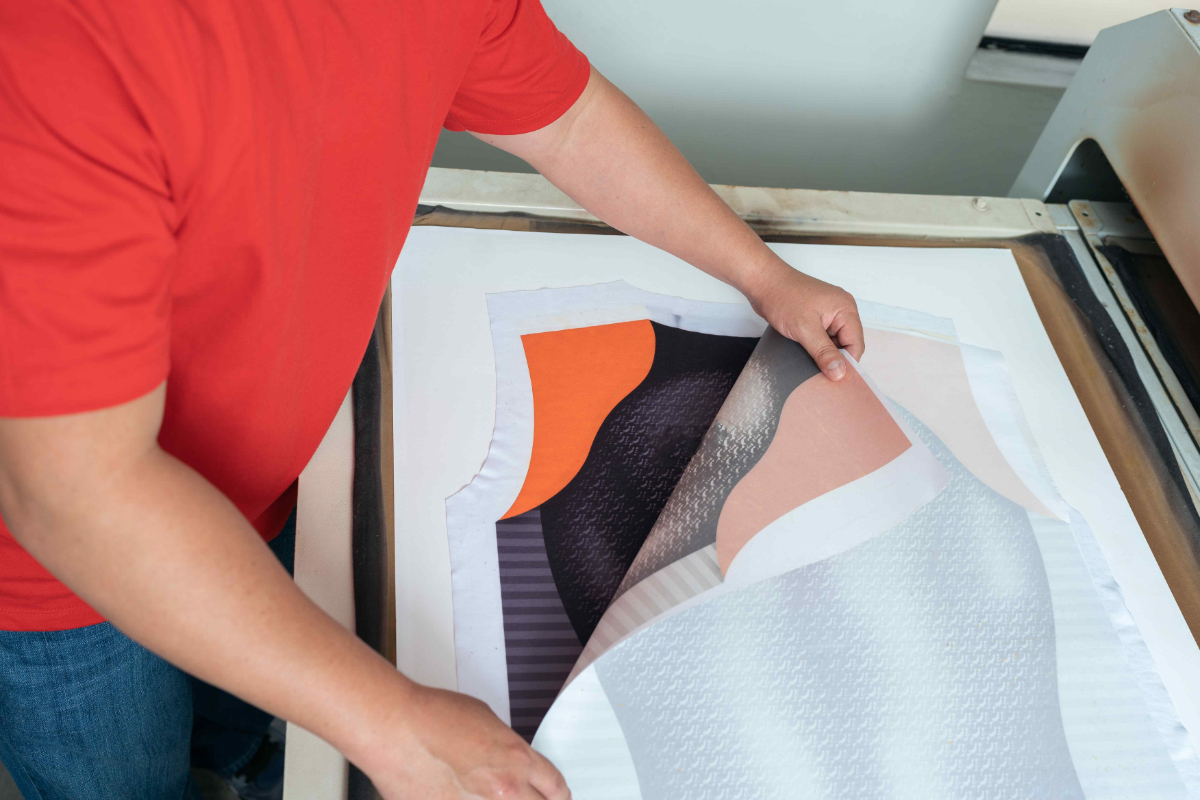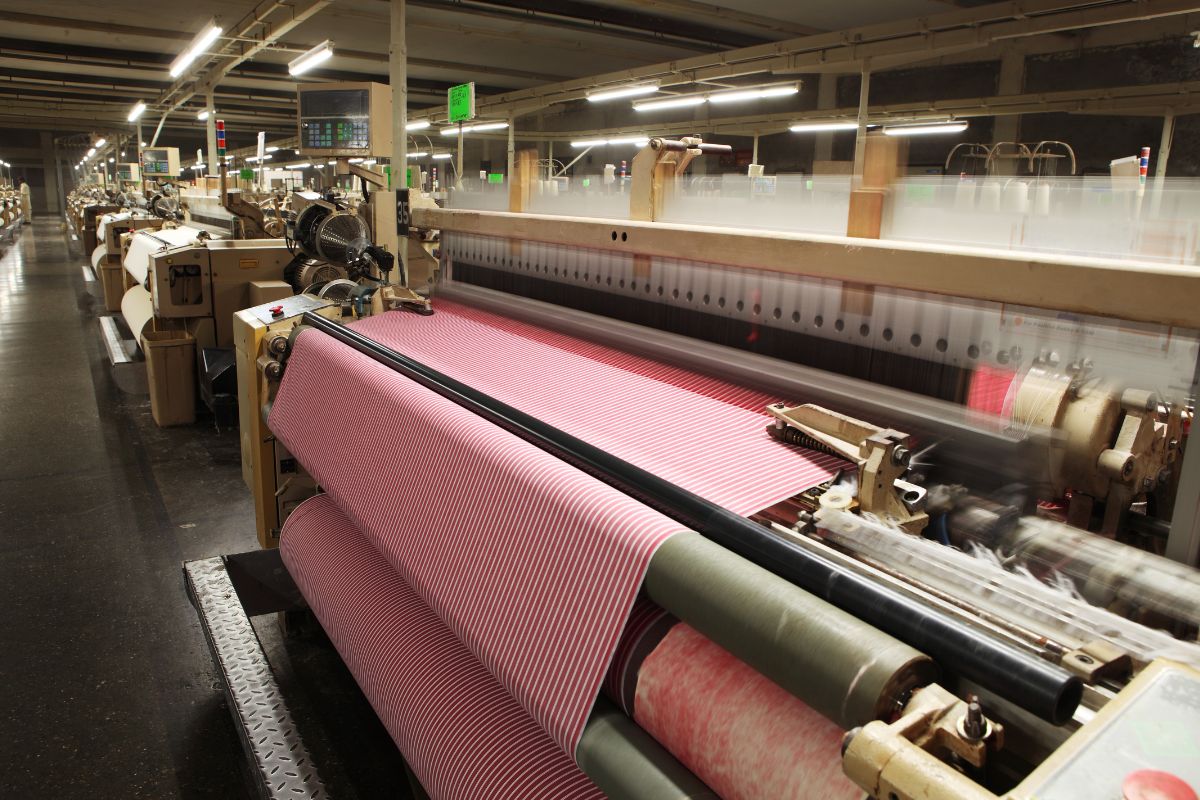Entering the world of print-on-demand can seem daunting, but it’s an excellent way for you to start selling custom products without the hassle of inventory and upfront costs. As a beginner, your primary focus should be on finding a platform that simplifies the process, supports your creative endeavors, and allows you to scale your business comfortably. Print-on-demand services cater to creators who seek to design and sell their own apparel, books, and a wide range of products featuring their unique artwork or designs.
The best print-on-demand sites for beginners offer user-friendly interfaces, comprehensive tools, and resources that guide you through each step – from design to delivery. These platforms typically handle the production, shipping, and customer service, freeing you up to concentrate on the creative and marketing aspects of your brand. With the right choice, you’ll be able to create and showcase your products to a global audience without needing to worry about the complexities of traditional retail models.
Your selection of a print-on-demand partner should align with your needs, considering factors such as product quality, cost-effectiveness, integration capabilities with existing online stores, and customer support. While some platforms might excel in apparel printing, others could offer a broader product range or better international shipping options. It’s important to weigh these aspects and choose a service that not only fits your current requirements but also has the potential to support your growth as an online entrepreneur.
Understanding Print-On-Demand
Print-on-demand (POD) is transforming how you create and sell custom merchandise with no upfront investment or need to manage inventory. Let’s explore this service in detail.
Defining Print-On-Demand
Print-on-demand is a process where you partner with a supplier to customize white-label products (like t-shirts, books, or mugs) with your own designs and sell them on a per-order basis under your own brand. Essentially, the products only get printed when a customer makes a purchase, eliminating the need for bulk production or storage.
How Print-On-Demand Works
When you sell a product using a print-on-demand service, the workflow typically follows these steps:
- You create a design and place it on a product of your choice offered by the POD service.
- You list the product for sale on your website or a marketplace.
- A customer places an order, and the details are sent to your POD service provider.
- The provider prints your design on the product, handles the fulfillment by packing and shipping the product to your customer.
- You are only charged for the production and fulfillment after the sale, not before.
This process demonstrates a dropship business model where you’re not directly handling the merchandise.
Benefits of Print-On-Demand for Beginners
For someone starting out, POD offers several tangible benefits:
- No Need for Inventory: You don’t need to buy or store any products, which minimizes your investment and risks.
- Customization: You have the freedom to customize your products with your own designs, allowing a high degree of personalization for your customers.
- Testing and Experimentation: Provides the option to experiment with designs and products without financial repercussions.
- Ease of Set-Up: Starting a POD business mainly involves digital assets and design, with many platforms providing integrative tools and services to launch quickly.
Print-on-demand is highly accessible for beginners looking to venture into online sales. It enables you to offer a wide range of physical products without dealing with the complexities of traditional retail models.
Selecting the Right POD Platform
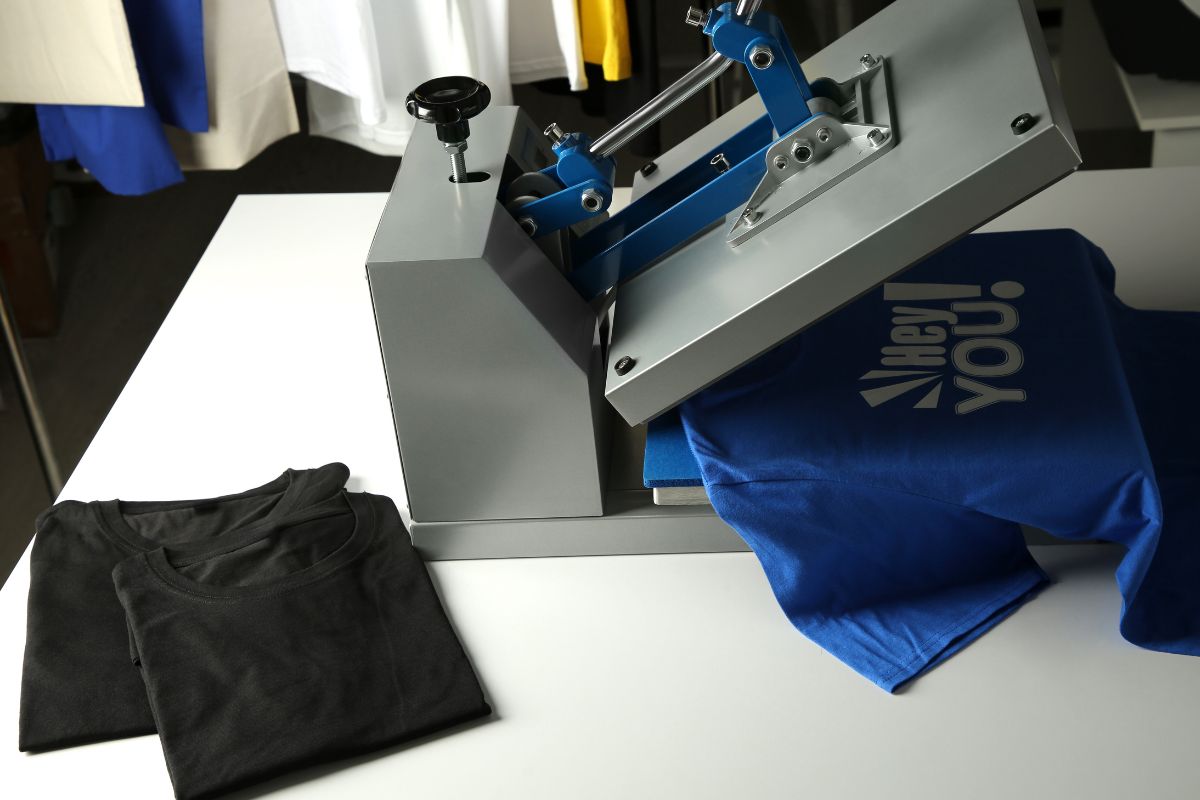
When venturing into the print-on-demand (POD) space as a beginner, it’s crucial to pick a platform that not only aligns with your business goals but also provides you with the tools necessary for success.
Features to Look For
Ease of Use: Your chosen POD platform should have an intuitive interface, making it simple for you to create and upload your custom product designs.
Product Range: Whether you’re focused on apparel like t-shirts or a variety of custom products, ensure the platform offers a comprehensive catalog.
- Printful and Printify are known for an extensive range of products.
- Spreadshirt and Redbubble cater well to the fashion niche.
Quality and Pricing: Balance pricing with print quality to maximize profit while maintaining customer satisfaction.
- Teespring and Sellfy offer competitive pricing structures.
- Gooten and Gelato might provide higher quality at different price points.
Fulfillment and Shipping: Reliable fulfillment and fast shipping are essential to maintain a good reputation.
Comparing Top Platforms
Research these platforms for a better understanding of what they offer:
| Platform | Core Features | Premium Plan | Marketplaces |
| Printful | Comprehensive product selection, high quality | Advanced analytics, discount codes | Integrations with Shopify, WooCommerce |
| Printify | Competitive pricing, wide product range | Branding options, custom order import | Ebay, Etsy integration |
| Spreadshirt | Customizable storefronts, global reach | Volume discounts, design services | Own Spreadshirt marketplace |
| Redbubble | Unique artist community, user-friendly | – | Access to Redbubble’s marketplace |
Note the integrations: Your platform should integrate smoothly with your ecommerce platform whether it’s Shopify, WooCommerce, Squarespace or others.
Integrations With Ecommerce Platforms
Ensure seamless connection between your POD platform and ecommerce platform for a synchronized workflow:
- Shopify users enjoy direct integrations with Printful, Printify, and Apliiq.
- WooCommerce offers extensions for platforms like Teespring, ensuring easy product addition.
Marketplace Options: Beyond your online store, some platforms allow you to tap into established marketplaces.
- Ebay and Etsy integrators expand your reach to wider audiences.
- Zazzle and Redbubble act as standalone marketplaces and POD services.
By assessing these factors, you set the foundation for a POD business that’s well-equipped for growth.
Creating Your Product Offerings
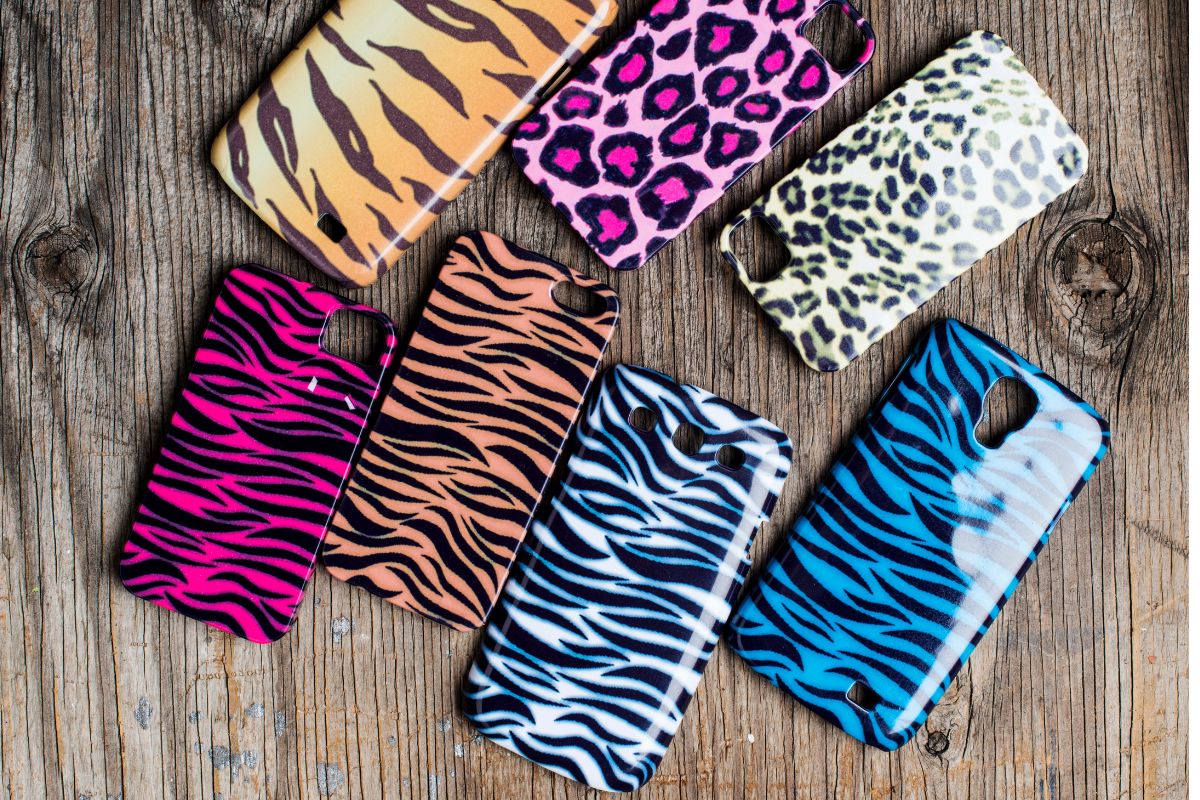
When launching a print-on-demand business, the success of your product offerings hinges on the uniqueness and quality of your designs, the breadth of your catalog, and the personalized touch that your branding adds to each item. By focusing on these critical aspects, you can attract a wide audience and set your brand apart.
Designing High-Quality Prints
Your designs are the core of your print-on-demand business. Quality is paramount, as it reflects on you as a designer or an artist. Utilize robust design tools to create high-resolution images that won’t lose clarity when printed. As you develop your product offerings, consider offering a mix of items like stickers, mugs, and clothing, ensuring to test each product to maintain a high standard of print quality.
Building a Diverse Catalog
To appeal to a broader customer base, it’s important to build a diverse catalog. This includes a range of products and designs catering to different tastes and interests. Aspiring artists and established designers alike should consider incorporating trends as well as evergreen content that appeals year-round. An assorted catalog not only attracts more customers but can lead to repeat purchases if they enjoy collecting your work.
Product Personalization and Branding
Incorporate custom branding on your products to foster brand recognition and loyalty. Offering personalization features, such as adding customers’ names or bespoke messages, can significantly enhance the appeal of your products. By enabling shoppers to personalize their purchases, you make each item they buy uniquely theirs, which not only sets you apart from competitors but also adds an extra layer of value to your catalog.
Setting Up Your Online Presence
When creating a print-on-demand business, your online presence is the storefront to the world. It’s crucial to select the right sales channels and platforms to connect with your audience effectively.
Choosing a Sales Channel
Your primary sales channel is where your products meet your customers. It’s vital to choose a platform that aligns with your brand vision and offers you the control you desire. Consider using Shopify, a robust ecommerce platform that lets you create an online store with ease. It provides a high degree of customization, allowing you to tailor your shop to your brand’s image. On the other hand, if you seek something with less setup, platforms like WooCommerce integrate directly with WordPress, offering a free and open-source solution for your print-on-demand shop.
Launching Your Online Store
Once you pick your sales channel, focus on launching your online store. Ensure your storefront is user-friendly, aesthetically pleasing, and mirrors the essence of your brand. Utilize themes and templates that are responsive across devices and create a simple navigation structure to make browsing products effortless. Be clear about your policies, shipping details, and how customers can contact you. Remember, a well-set-up storefront can build trust and encourage sales.
Leveraging Marketplaces
Aside from your online store, don’t overlook the power of marketplaces like Etsy, which bring their own ready audience. Using a marketplace can be less daunting for beginners, as it offers a streamlined way to list products without worrying about website maintenance. While marketplaces provide less branding control than a dedicated shop, they are often a valuable supplemental sales channel. When using direct-to-garment print-on-demand services, platforms such as Etsy also integrate with several selling platforms, simplifying the process of getting your products to the customer.
Pricing and Profit Margins

When venturing into print-on-demand (POD) as a beginner, understanding your cost structures, creating effective pricing strategies, and focusing on maximizing profitability are critical. Your financial success hinges on these fundamentals.
Understanding Cost Structures
Print-on-demand services offer you the advantage of low upfront costs, as there’s typically no need to purchase inventory in advance. You’ll encounter various costs that can include printing, shipping, platform fees, and transaction charges. Services can range from a free plan with basic features to more elaborate plans that might involve monthly fees or transaction-based costs. For instance, some providers may charge a per-item printing cost or take a percentage of the retail price, affecting your profit margins. It’s crucial to choose a provider whose cost structure best aligns with your financial goals.
Strategies for Pricing Your Products
Your pricing strategy should account for both your costs and the perceived value of your products. A common practice is to set retail prices at least double your total costs to ensure a profit margin. For example, if the total cost to print and ship a book is $10, you might price it at $20 or higher to ensure adequate profitability. Some POD sites may offer a 20% discount to attract customers, which you’ll need to factor into your pricing. Remember to monitor competitors’ pricing to stay competitive without sacrificing your margins.
Maximizing Profitability
Maximizing your profitability on POD sites involves not just setting the right prices but also controlling costs and continuously reviewing your sales strategy. Offer discounts judiciously, as even a 20% discount can significantly impact your profit margins. Use analytics tools provided by your POD platform to assess which products are selling well and adjust prices or marketing efforts accordingly. Strategic bulk order discounts can attract more significant sales without harming profitability. Remember, the goal is to balance customer appeal with your financial health, ensuring your business grows sustainably.
Remember that your control over pricing can be a potent tool in driving sales and increasing your overall profitability. Keep a keen eye on the balance sheets and don’t shy away from iterating on your approach as the market evolves.
Order Fulfillment and Shipping

Offering efficient order fulfillment and shipping services is vital for the success of your print-on-demand business. Selecting a platform with robust shipping and fulfillment capabilities ensures that your custom products reach your customers promptly and in good condition.
Handling Order Processing
Your chosen print-on-demand service should offer a streamlined order processing system. It’s important to ensure that:
- Order Integration: Your online store seamlessly integrates with the fulfillment service. This integration should automatically send customer orders for processing without manual input.
- Print & Fulfillment Times: Know the average time it takes from when an order is placed to when it’s printed and ready for shipping. This directly impacts delivery times.
Shipping Options and Rates
The variety and affordability of shipping options are crucial:
- Domestic and International Shipping: Look for services offering both with clear rate structures.
- Shipping Costs: These usually vary based on product weight, size, and destination. A table of rates should be available to help you anticipate costs.
| Shipping Type | Cost |
| Standard | $ |
| Expedited | $$ |
| International | $$$ |
Delivery Estimates: Reliable print-on-demand sites provide estimated delivery times for different shipping methods.
Packaging and Branding Options
First impressions matter, and packaging plays a significant role. Look for services that provide:
- Custom Branding: Options to include your brand’s logo or a custom message on the packaging.
- Packaging Types: Standard packaging might be free or low-cost, while premium options may incur additional fees.
Remember, well-branded packaging can enhance the customer experience and strengthen your brand identity.
Marketing Your Print-On-Demand Business
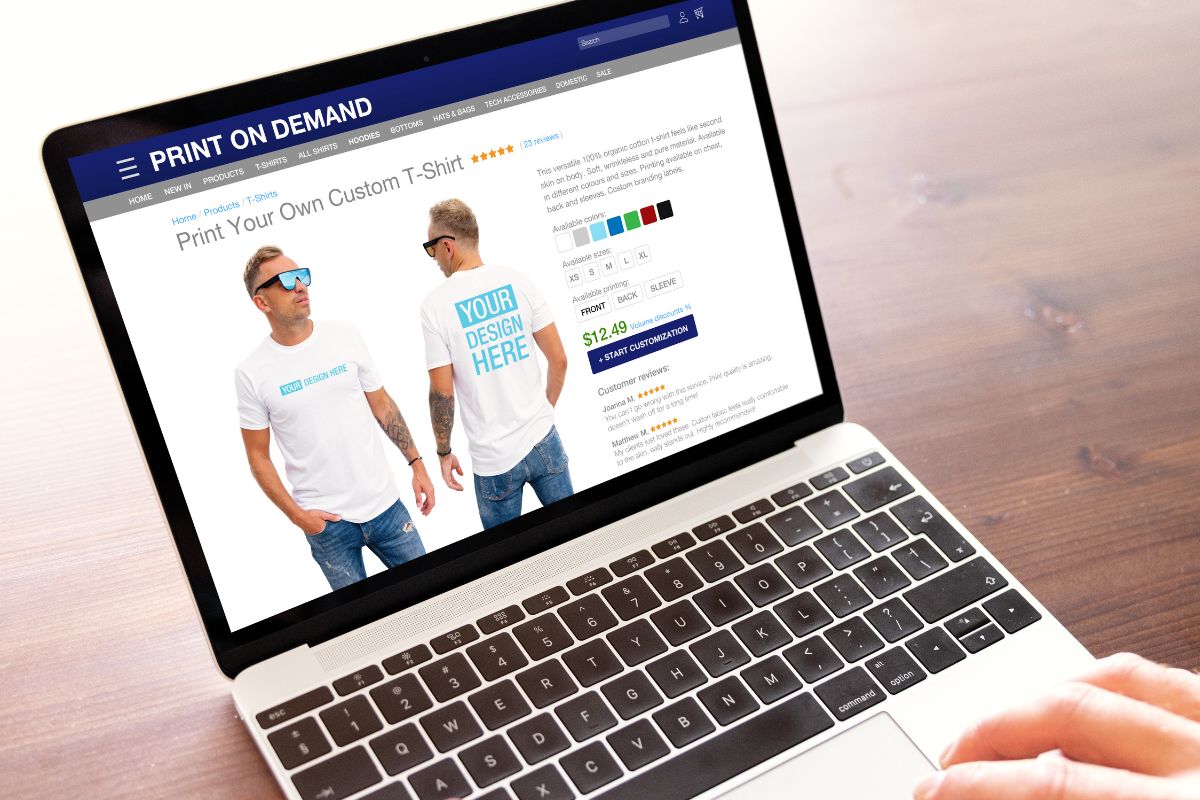
When starting your print-on-demand business, a robust marketing plan is crucial to ensure visibility and attract your target audience. Differentiating your brand and leveraging various marketing tools will be key to your strategy.
Developing a Marketing Strategy
Firstly, identify your audience and define your brand persona. Understanding who you are marketing to allows you to tailor your message and aesthetics. You should focus on creating a marketing plan that aligns with your brand’s values and appeals to your ideal customers. Make use of analytics tools to track the performance of your campaigns and adjust them based on the data you collect.
Using Social Media Effectively
For online marketing, social media platforms are invaluable. Create profiles on appropriate channels where your audience is the most active. Regular posts, collaborations with influencers, and targeted ads can boost your visibility and engagement. High-quality visuals and interactive content such as polls and stories engage your audience and keep your brand at the forefront of their minds.
Exploring Offline Marketing Channels
Don’t underestimate the power of offline marketing channels. These can include local markets, pop-up shops, or collaboration with local businesses. These efforts can create a tangible brand experience and can be particularly effective in building a local customer base. Utilize print materials like flyers and business cards, and consider attending trade shows related to your niche.
Using a combination of both online and offline marketing strategies will help you reach a broader audience and grow your print-on-demand business.
Expanding Your Product Range

When diversifying your print-on-demand offerings, the key is to strategically expand your product range to cater to varied consumer tastes and demands. This not only taps into different customer segments but also mitigates risks by not relying on a single product type.
Adding New Products
Introducing new products can refresh your brand and attract different customer groups. For instance, if you started with t-shirts, consider adding hoodies or sweatshirts to your apparel line as they are seasonally popular items. Similarly, exploring home decor items like customized cushions or wall art can cater to customers interested in personalizing their living spaces.
- Apparel: T-shirts, Hoodies, Sweatshirts
- Accessories: Tote Bags, Hats
- Home Decor: Cushions, Wall Art
Exploring New Niche Markets
By exploring new niche markets, you can discover untapped opportunities where specific products may be in demand. For example:
- Tech enthusiasts: Offer phone cases with unique designs.
- Eco-conscious shoppers: Introduce a line of organic or recycled tote bags.
Utilize customer feedback and market research to identify niches that resonate with your brand’s ethos and have the potential for growth.
Diversifying Income Streams
Your financial stability can be fortified by diversifying your income streams. Selling a variety of products such as apparel, accessories, and unique products can help balance your earnings. Here’s a simple breakdown of potential product diversifications:
- Wearables: Hoodies, Hats
- Functional: Phone Cases, Tote Bags
- Decorative: Home Decor items
By creating multiple income channels, you ensure that a dip in sales in one category doesn’t severely impact your overall business health.
Maintaining Sustainability in POD
In the print-on-demand (POD) industry, you can take active steps toward sustainability by integrating eco-friendly practices, using sustainable materials and processes, and building an ethical brand presence. Each choice you make can contribute to your business’s green footprint.
Eco-Friendly Practices
To ensure eco-friendliness in your POD operations, you should focus on digital printing technologies that use less water and energy compared to traditional printing methods. Look for POD providers that offer sustainable printing solutions such as Publishing Distribution Practices: New Insights About Eco-Friendly Publishing, Sustainable Printing and Returns, and Cost-Effective Delivery in the US, which can cut down on waste and conserve resources. Additionally, adopting a just-in-time production model minimizes overproduction and thus reduces your carbon footprint.
Sustainable Materials and Processes
When selecting materials for your products, opt for recycled or organic fabrics and biodegradable packaging to further enhance the sustainability of your products. Processes like Print-on-demand and short-run digital printing have been adopted by academic presses to keep inventory levels efficient and waste low. You should ensure that your entire supply chain adheres to sustainability standards to meet both ethical and environmental responsibilities.
Building an Ethical Brand
Developing a brand that is synonymous with sustainability can set you apart in the marketplace. Communicate your commitment to ethical practices through transparent marketing and by providing proof of green initiatives, such as partnerships with environmentally responsible suppliers. Your ethical stance should also reflect in your corporate policies, emphasizing fair labor practices and environmental stewardship.
Analytics and Growth

In the realm of print-on-demand (POD) for beginners, understanding and leveraging analytics is paramount. Not only does this data drive informed decisions about your business growth, but it also helps in fine-tuning your strategies to better match customer expectations and market demand.
Tracking Performance Metrics
To steer your POD venture toward success, you must track performance metrics. Essential metrics include website traffic, conversion rates, and sales figures, which can be gleaned from tools like Google Analytics. Note your best-selling designs, and pinpoint which marketing channels bring in the most traffic. Evaluate the cost of customer acquisition to ensure your advertising spend yields a healthy return on investment.
Iterating Based on Customer Feedback
Customer feedback is an invaluable resource. Pay close attention to what buyers say about your products, from the print quality to shipping times. Utilize reviews, social media conversations, and direct customer surveys to shape your product offerings. If certain designs are receiving rave reviews, consider expanding on those themes. When negative feedback is present, be swift to address issues and improve the customer experience. This iterative approach can lead to higher satisfaction and repeat business, driving further growth.
Scaling Your Operations
As your POD business progresses, scaling your operations is critical to maintaining momentum. Assess your production capacity and the flexibility of your POD service provider to handle increased orders. Streamline your supply chain and expand your product range carefully to prevent overextension. Automate where possible, such as in order fulfillment and customer service processes, to keep pace with expanding sales volumes without compromising quality or efficiency. With a strategic approach to scaling, you can sustainably grow your POD business.
Frequently Asked Questions
This section addresses common queries that can guide you through the basics of starting with print-on-demand services.
What are the top print-on-demand platforms for newcomers to start with?
For beginners, platforms like Printful and Redbubble offer user-friendly interfaces and a wide range of products to customize. Both have extensive resources to help you get started.
What features should beginners look for in print-on-demand services?
You should look for a service that offers comprehensive support, an intuitive design tool, and a reputation for quality products. Additionally, make sure the platform integrates easily with your chosen e-commerce site.
How can beginners integrate print-on-demand with marketplaces like Amazon?
To integrate with platforms like Amazon, choose a print-on-demand service that supports direct connectivity or partnership with Amazon, such as Merch by Amazon, and follow their step-by-step guide to link your accounts.
What are the best strategies for beginners to succeed in print-on-demand?
Begin by researching current trends, target a specific niche, and invest in marketing your products effectively. Start with a limited product range to minimize risk and scale gradually as you gain confidence and understand the market.
Are there any print-on-demand platforms that are particularly well-suited for artists just starting out?
Artists may find platforms like Society6 or Etsy combined with a print-on-demand partner to be valuable for reaching a wider audience interested in unique and creative products.
How do the costs and benefits of free print-on-demand services compare to paid ones for those just beginning their business?
Free print-on-demand services typically charge a higher base cost per item, reducing your profit margin. Paid services may offer better pricing, but they come with upfront costs. Balance initial investment with potential returns when deciding the best fit for your business needs.

